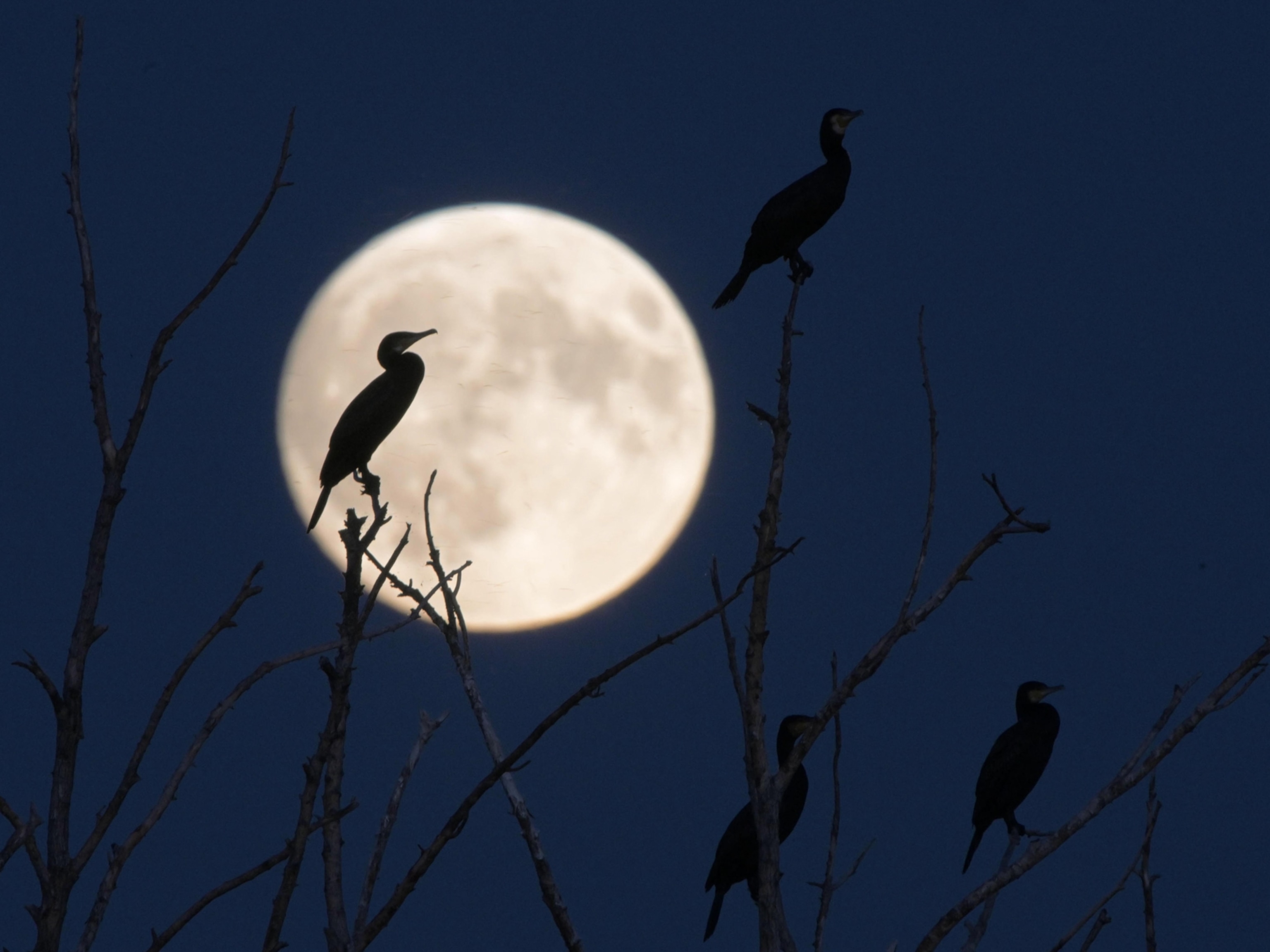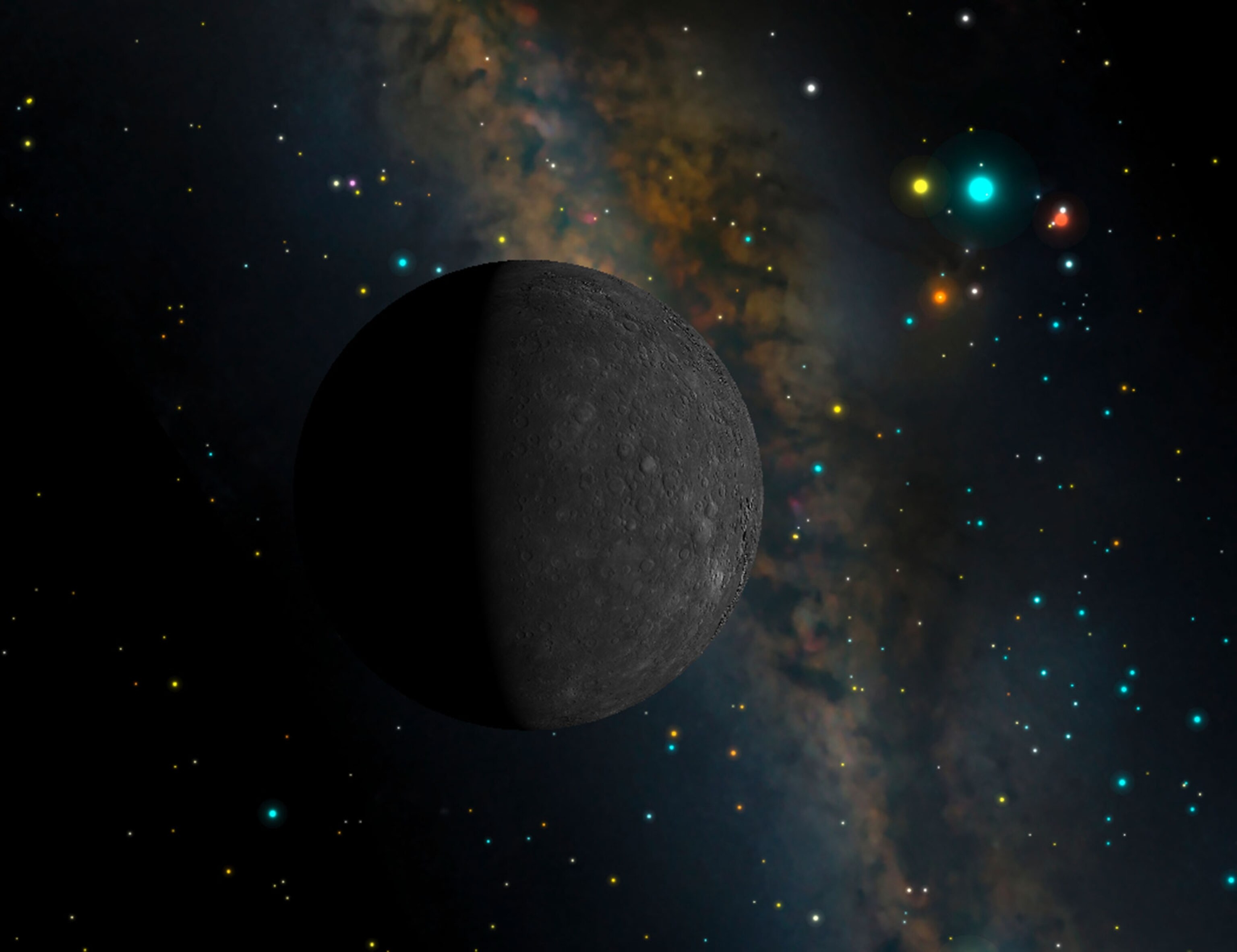
This Week’s Night Sky: See Mercury in the Morning
Also, Mars and Saturn will be dancing with the moon in a brilliant planetary showcase.
Maiden’s Heart. After darkness falls on June 14, check out the waxing gibbous moon hanging out with Spica, the brightest member of the constellation Virgo, the maiden.
The cosmic pairing high in the southern sky will appear particularly dramatic for North American viewers, since the two objects will be separated by only four degrees—less than the width of three fingers held at arm’s length.
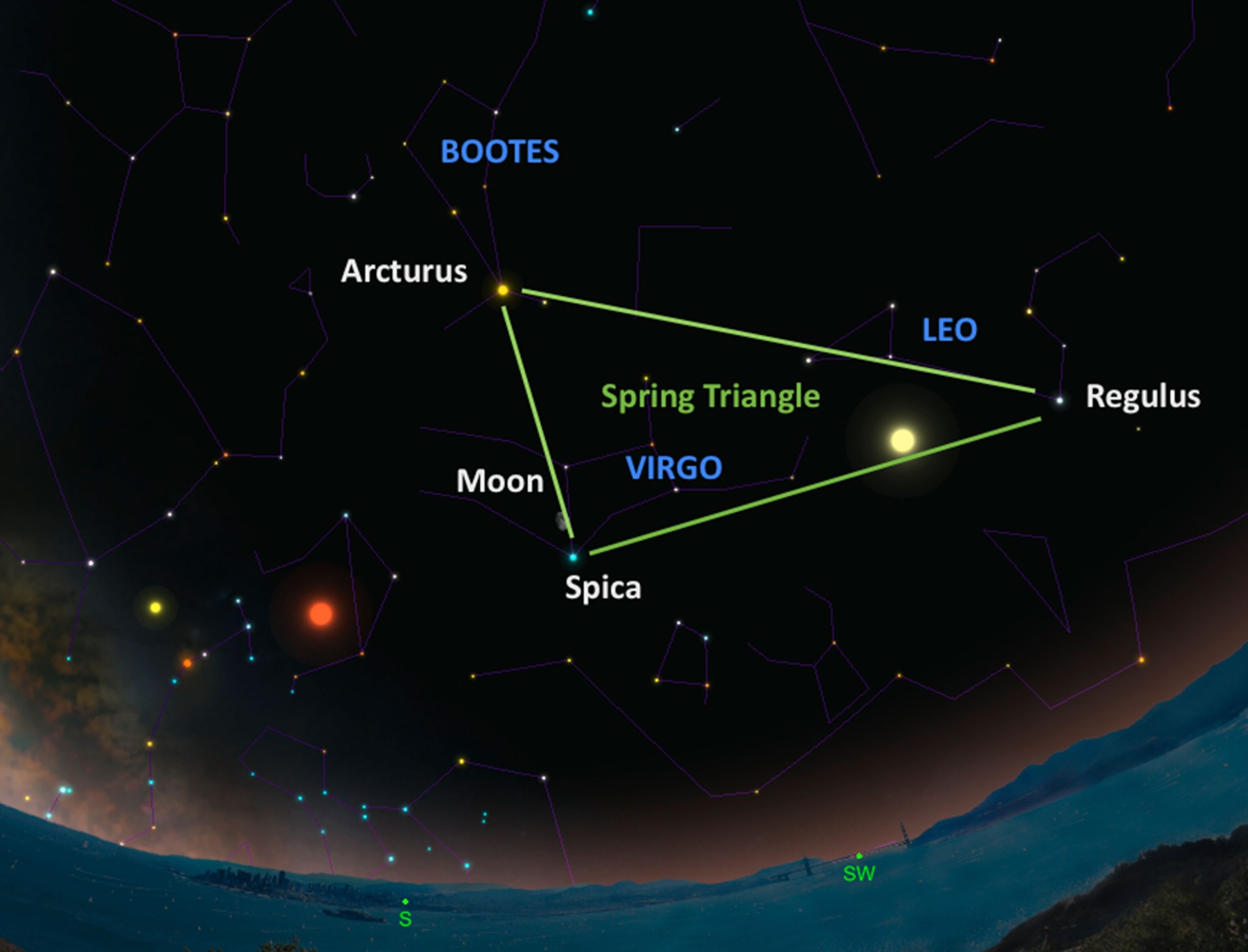
The brilliant blue star acts as a wonderful starting point for learning some of the brightest constellations in northern spring skies. That’s because Spica forms an easily recognizable stellar pattern with nearby Arcturus and Regulus. This triangle is a great way to quickly track down three constellations: Spica in Virgo; Regulus in Leo, the lion; and Arcturus in Boötes, the herdsman. It’s the perfect celestial three-for-one deal!
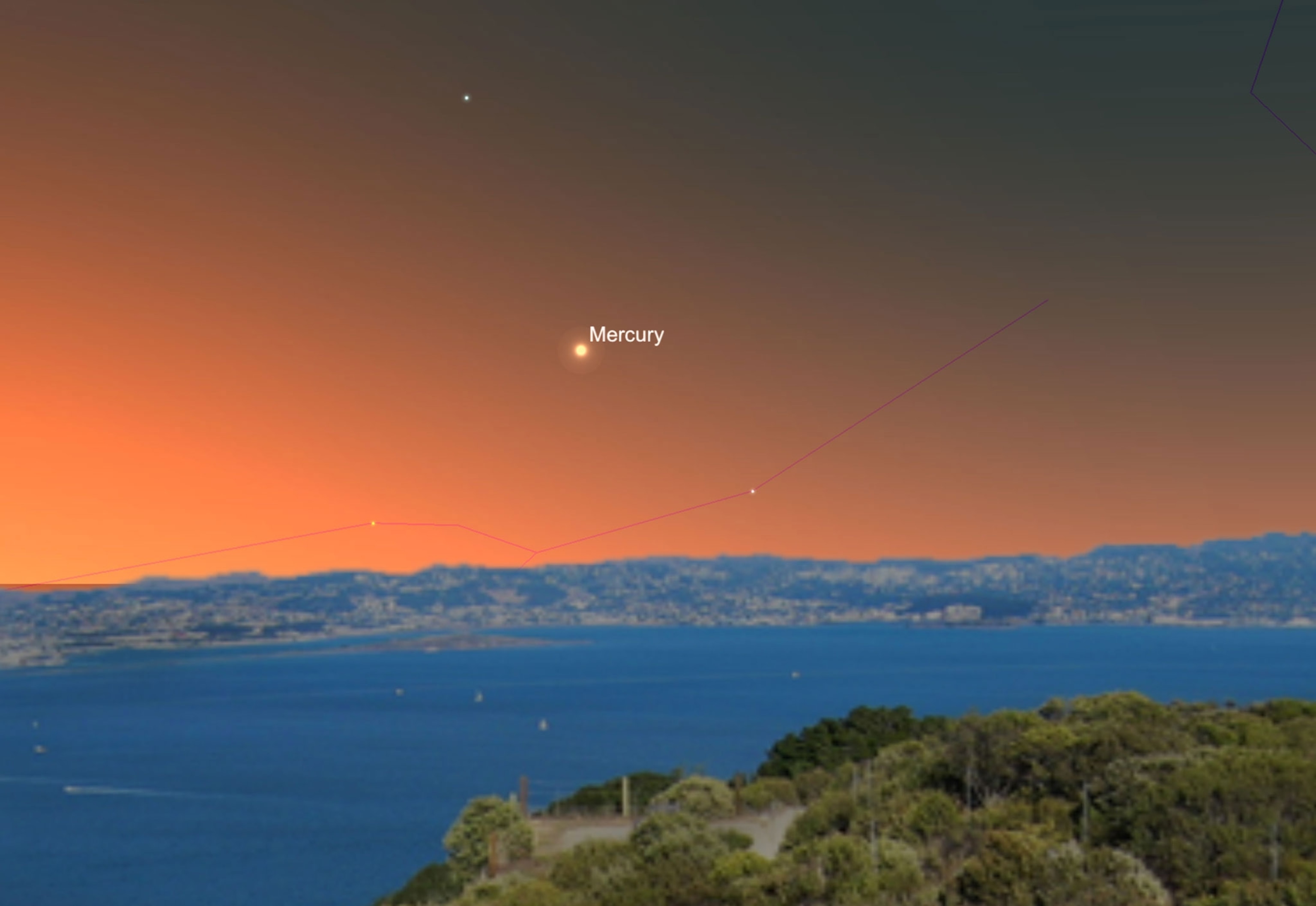
Mercury Shines. A wonderful observing challenge presents itself this week as the small planet Mercury peeks just enough out of the rising sun’s glare for skywatchers to catch a good glimpse.
About 45 minutes before your local sunrise on June 15, find an observing location that has a clear line of sight and look for a faint naked-eye star in the brightening glow enveloping the eastern horizon. The innermost planet will be only about six degrees above the horizon for most mid-northern latitude observers, so a pair of binoculars will really help to initially catch a glimpse before viewing it with the unaided eye.
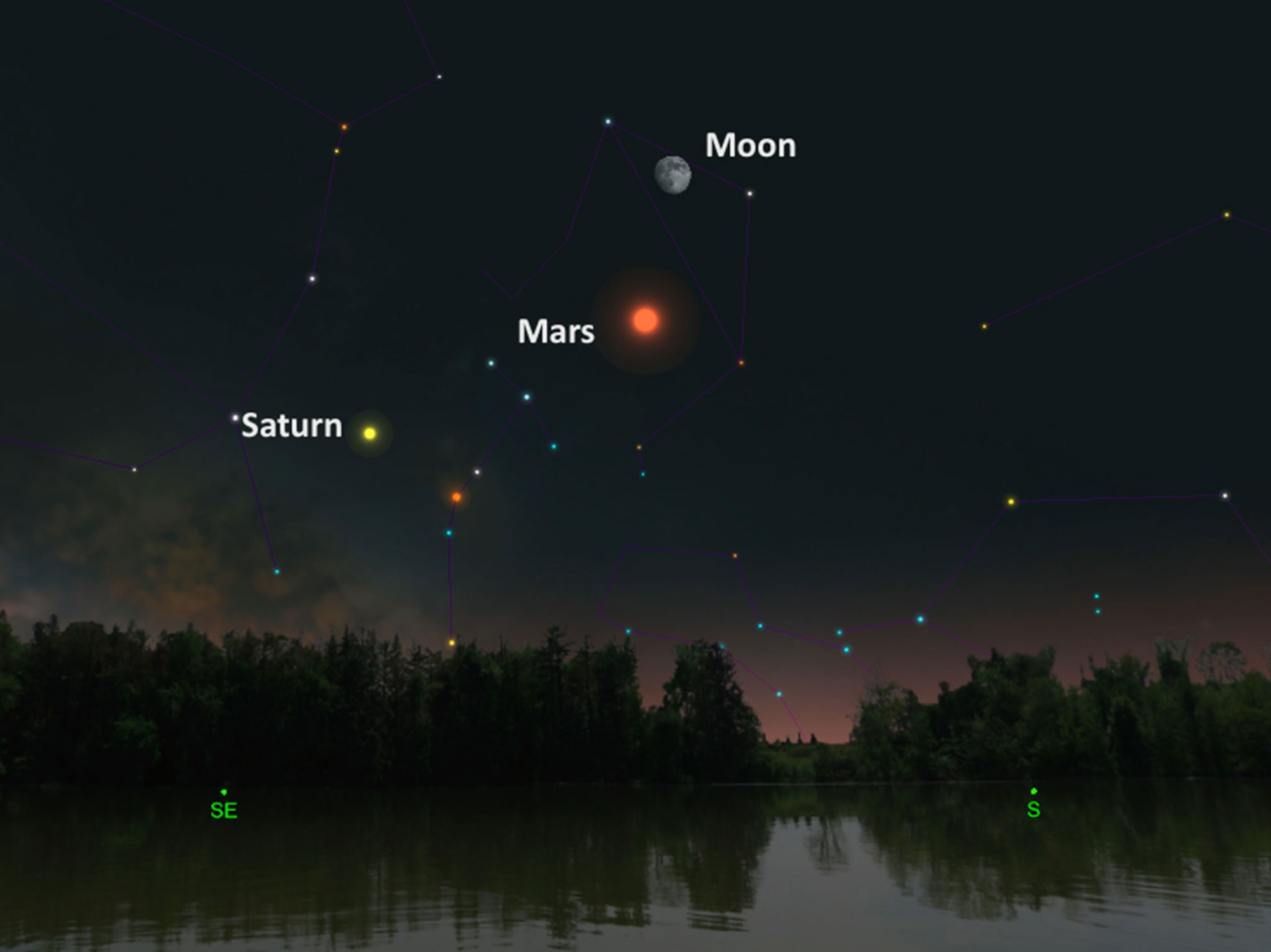
Mars Meeting. By June 16, the moon will guide you to a ruddy starlike object in the evening sky, our neighboring planet, Mars. You’ll find the moon parked eight degrees to the planet’s upper right—just shy of the width of your fist held at arm's length.
It was only a few weeks ago that the red planet reached its biggest and brightest for 2016, and with Mars still being particularly close to our planet, at only 48.5 million miles (78 million kilometers) away, even small backyard telescopes using high magnification should be able to resolve the planet’s polar caps and other surface features.
Elon Musk, head of SpaceX, has plans to land an uncrewed cargo spaceship on Mars in 2018. And just last week, the ambitious space entrepreneur announced a broad proposal for a human mission as soon as 2025.
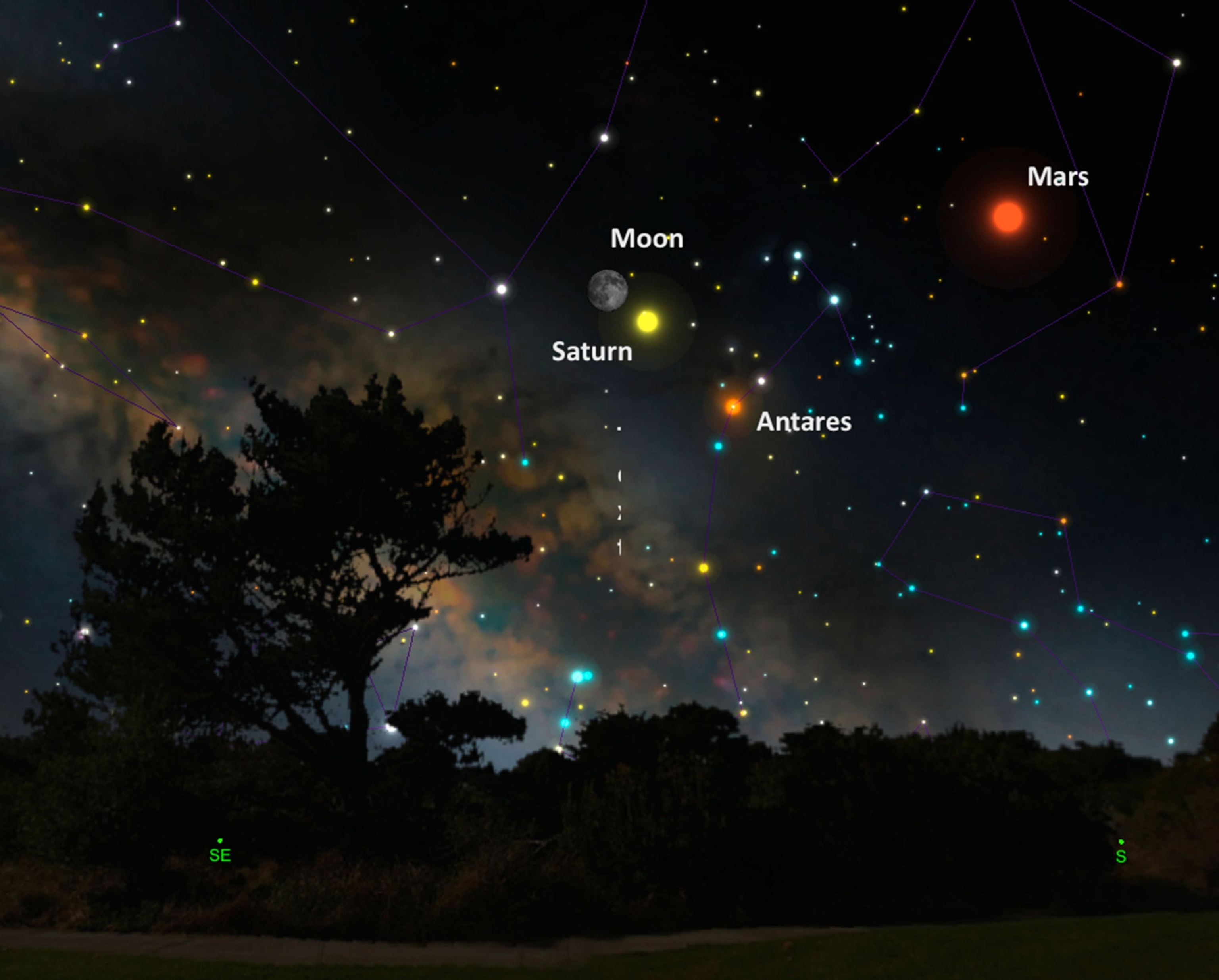
Lord of the Rings. As the week goes on, Earth’s moon will continue its trek across our evening sky, and by June 18, the nearly full moon will be paying a visit to Saturn, settling less than five degrees from the ringed wonder.
Saturn was at its biggest and brightest for the year less than two weeks ago and is still an amazing sight through a small telescope, with its magnificent set of rings and retinue of small moons.
Clear skies!
Andrew Fazekas, the Night Sky Guy, is the author of Star Trek: The Official Guide to Our Universe. Follow him on Twitter, Facebook, and his website.




